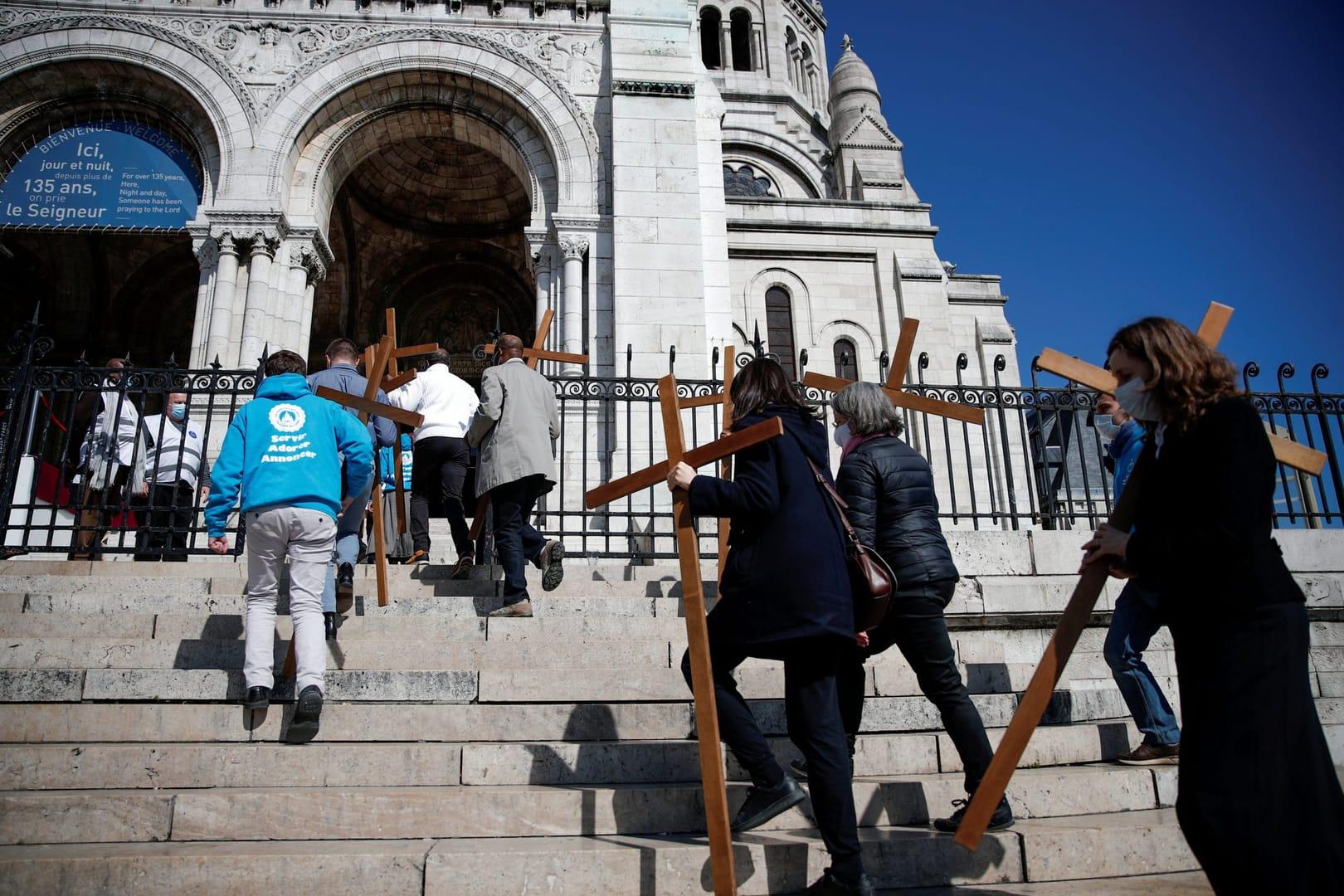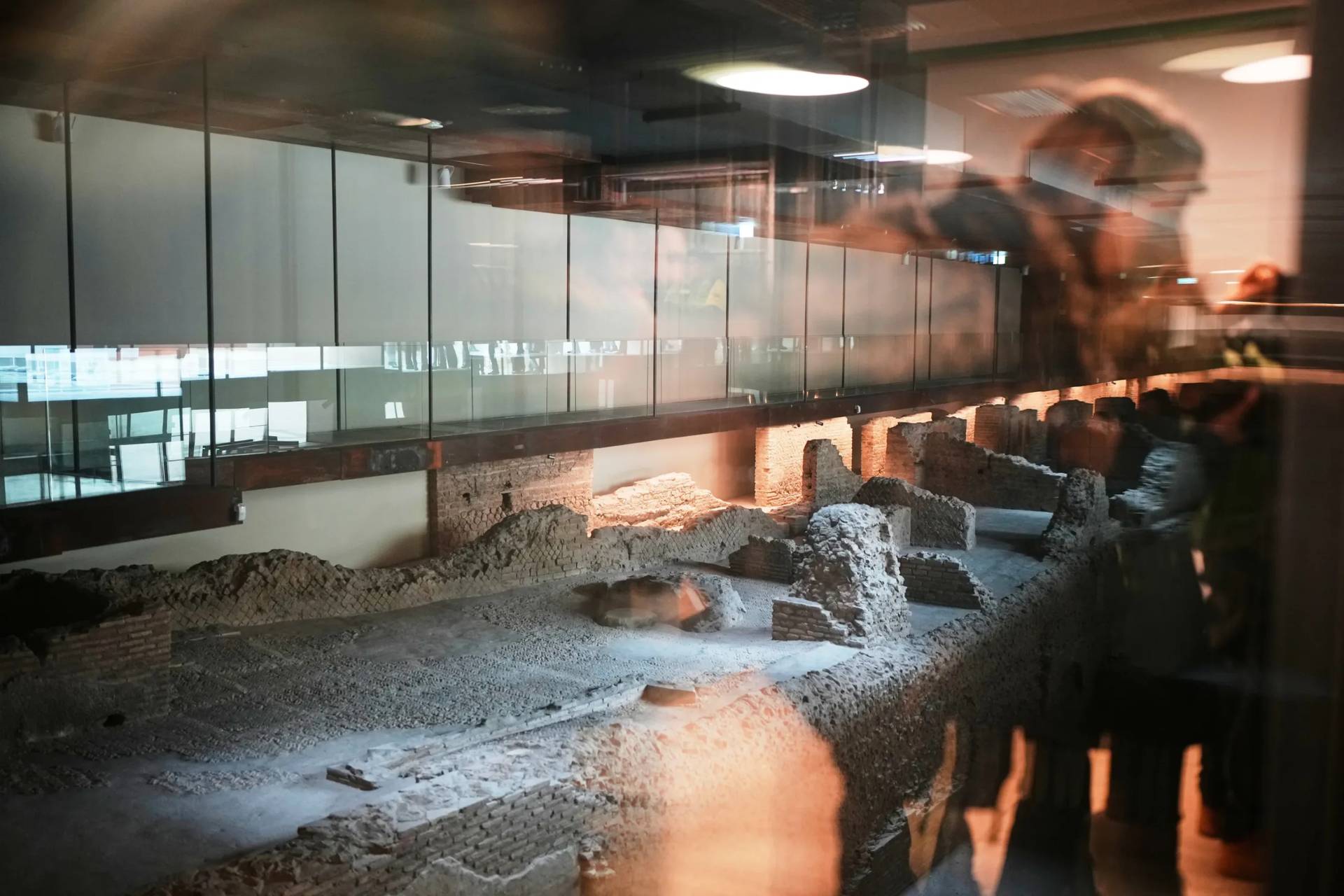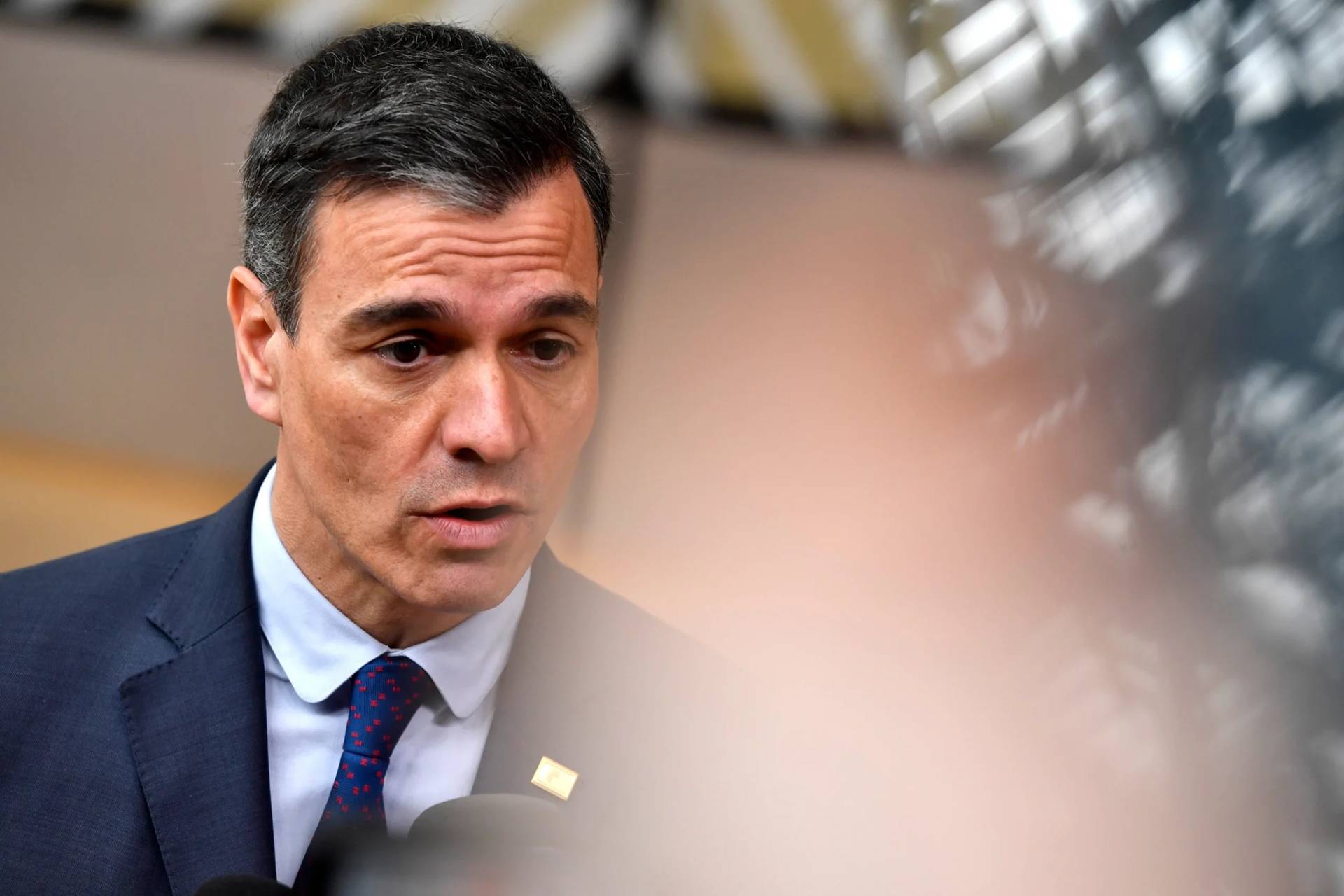On Paris’ Rue Haxo, a white-brick church commemorates dozens of Catholic clergy who fell victim to one of modern Europe’s bloodiest uprisings. Its 150th anniversary will be marked in the last week of May with a series of commemorative events.
“The Paris Commune was an attempted revolution, and it was essentially anti-religious — seeking not just separation of church and state, but the confiscation of church properties,” explained Father Jacques Benoist, a French theologian and historian.
“It sought to erase the Catholic Church from the public domain and view its functionaries as just private citizens, bound by unconditional loyalty to the prevailing power. This is what provoked such conflict.”
The commune’s proclamation in 1871, just four years after Europe’s royal families had come to Paris for an exhibition of modern fashion and business, shocked the continent. A negotiations offer by President Louis Adolphe Thiers was rebuffed by the rebels, and on March 18, in a blaze of red flags, the workers’ commune was announced.
City factories were turned into cooperatives, wages standardized and empty houses commandeered for the homeless, while a column celebrating victories by Emperor Napoleon was pulled down.
Two months later, after shelling Paris, French military forces crossed the River Seine and entered the city.
It took them a week to clear Paris of suspected Communards. The military summarily executed at least 20,000 and arrested 43,000 more in what became known as the “semaine sanglante” (bloody week.)
The Communards had targeted France’s Catholic Church, abolishing religious education and using places of worship as political clubs. In early April, some 200 clergy were detained with other prominent figures as hostages against French government army reprisals. They included Archbishop Georges Darboy of Paris.
“For 19 centuries, you’ve stifled free thought in the name of your Christ religion,” Raoul Rigault, the commune’s 25-year-old security chief, told him. “Now it’s the turn of free thought to get the better of you!”
The commune offered to swap Darboy for the revolutionary Louis Auguste Blanqui, who had been elected commune president from his government prison cell.
Thiers rejected the offer, effectively sealing the archbishop’s fate. On May 24, the archbishop and five priests died against the wall of La Roquette prison; the archbishop is said to have blessed his executioners.
A group of 30 Dominican priests was shot a day later on Rue d’Italie, while on May 26, 11 Jesuit and Sacred Heart priests were marched with other captives to Rue Haxo in the commune’s last northeastern stronghold and similarly gunned down.
“Atheism and internationalism were in the air, inspired by Karl Marx and others, so it was logical the Communards chose to make an example of Darboy and other clergy in a bid to appear strong and resolute,” explained Father Benoist.
“Marx himself, from the safety of London, believed the commune had broken the church’s power and welcomed its anti-religious excesses as the glorious beginning of a new workers’ society.”
With the commune crushed, Thiers claimed to have vanquished the revolutionary cause forever, while photo-montages were used to incriminate the rebels as degenerates.
The body of Darboy was recovered from a ditch and given a state funeral, while Sacré-Cœur Basilica was built at Montmartre to symbolize the restored moral order.
With dozens of its clergy murdered, the Catholic Church made efforts to embrace reforms.
Despite this, radical agitators remained hostile to it; and in 1905, its properties were nationalized by an anti-clerical government, and church and state were declared definitively separate.
Echoes of old antagonisms are still heard in France.
Although a marble plaque to dead Communards was installed at Pere Lachaise Cemetery in 1904, it took decades for separate tablets to commemorate those executed at other Paris locations and until 2016 for a National Assembly resolution to rehabilitate slaughtered civilians.
Last October, the French government declared Sacré-Cœur Basilica a historical monument, eligible for state subsidies, but the move was denounced by some left-wing politicians.
There are hopes the 150th anniversary will foster reconciliation.
Commune sympathizers will stage memorial events at massacre sites, while Paris Archbishop Michel Aupetit will celebrate a memorial Mass May 30.
The Rue Haxo church, Our Lady of the Hostages, was inaugurated in 1938 to preserve the memory of Catholic victims, who included Father Henri Planchat from the Fathers of St. Vincent de Paul.
Our Lady of the Hostages will host Masses and lectures, as well as a pilgrimage retracing the final path of the murdered clergy from La Roquette.
A canonization process for Darboy is well advanced. So is a separate process for Father Planchet and four clergy shot with him on Rue Haxo, whose beatification as Catholic martyrs is expected this autumn.
“For the commune leaders, it was necessary to eradicate all supernatural hope from people’s minds, so they could fully engage in reforming the world,” Father Stephane Mayor, rector of Our Lady’s church, noted in a website message.
“This is why they ultimately wished to get rid of priests. By dying for love of Christ, however, the martyrs gave vibrant testimony that heaven and earth are not two separate realities. Loving God means loving people, and serving God means serving his children.”













